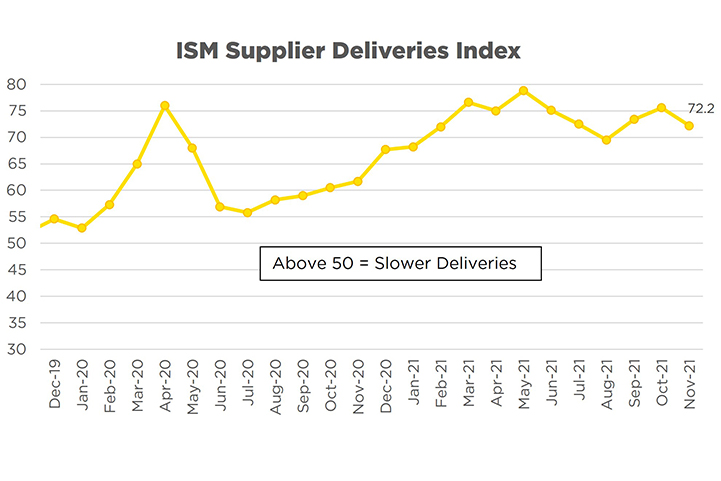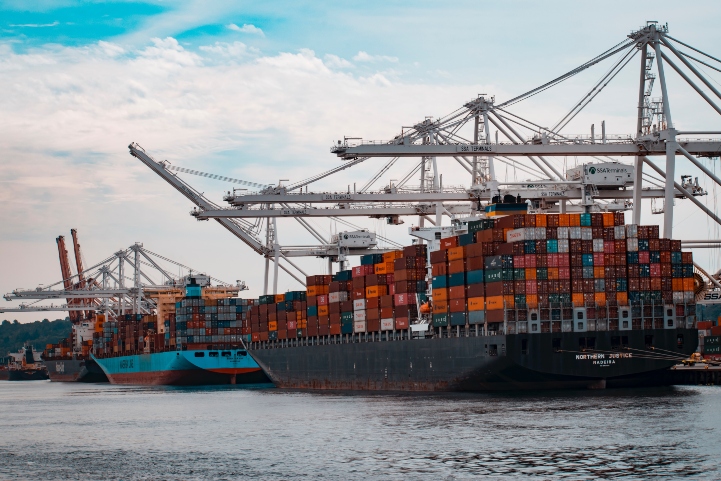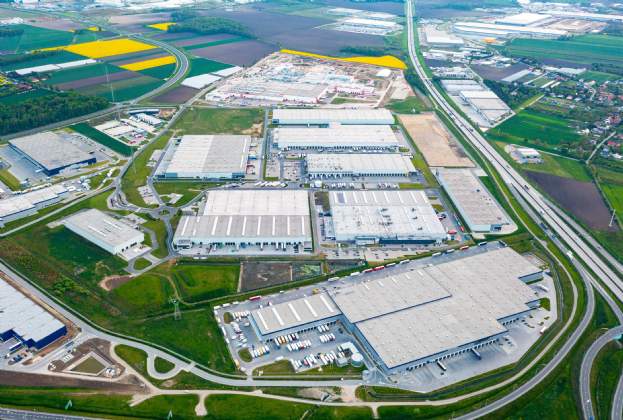The global supply chain crisis looms large over the holiday season as a near-record backlog of cargo ships wait to unload thousands of containers outside the ports of Los Angeles and Long Beach. Consumers and businesses should expect continued disruptions and increased costs as it will take time for supply and demand to settle back into more predictable patterns. The pandemic and associated material and labor shortages exposed serious vulnerabilities in the just-in-time approach to inventory management. With an eye towards future geopolitical, climate and other black swan events, occupiers of industrial real estate are pivoting towards a new resilient supply chain strategy which will have profound impacts on property markets.



(5).jpg)
.jpg)
.jpg)

.jpg)
.jpg)
.jpg)

